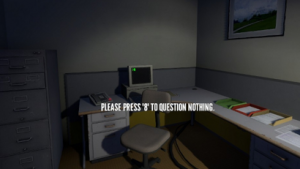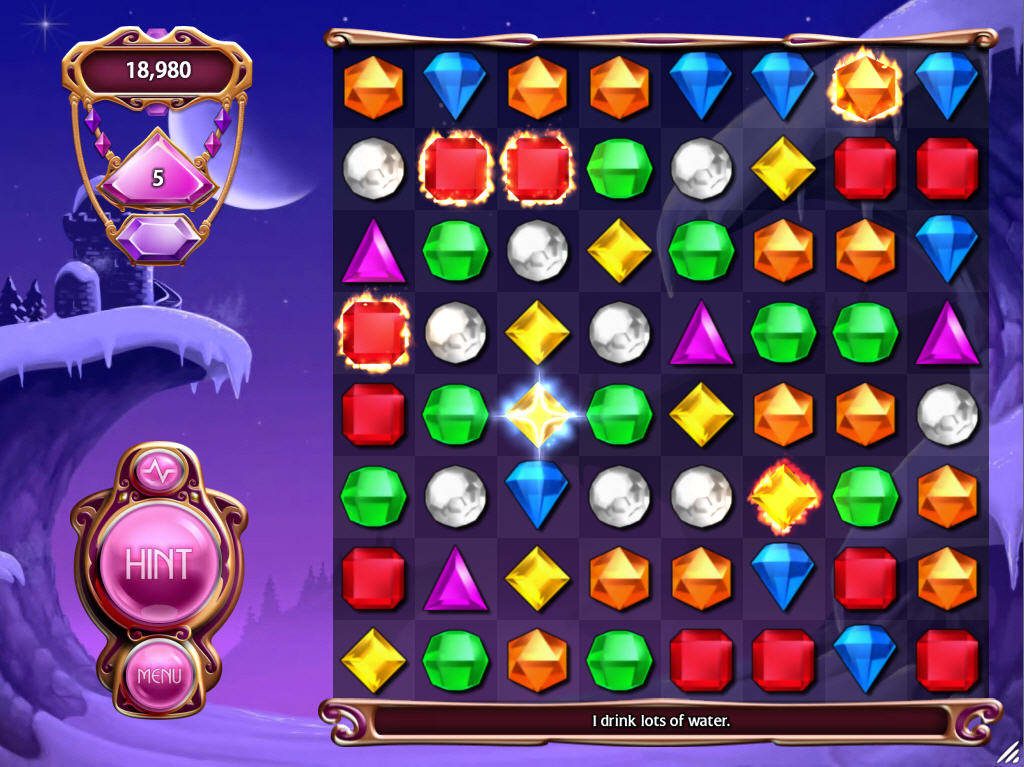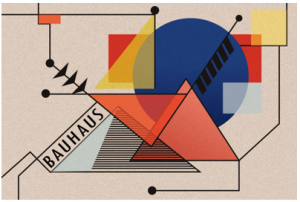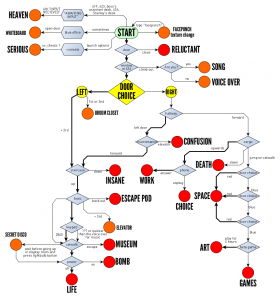Laura Neal
30/11/2017
Question Pair No. 6:
– “What do you see as the positives and negatives around copyright?”
– “Is it possible to make anything new?”
—
Although opinions vary, almost every person can agree that copyright is indeed needed. Its primary function is to ensure that creators do not lose legal rights over their own original work and can contradict how their work is used by others. It also ensures that creators are permanently credited when their work is used. ‘Work’ can refer to a vast range of mediums from film, television, art, songs, instrumentals and remixes, books, comedic jokes, brands, personal videos, writing of any kind, animation, designs and of course games, to mention a small number. The process is made easier by the fact that copyright is instantaneous and requires no paperwork for it to be initiated.
One other subject relating to copyright I have thought about in depth is whether anything I create can possibly be new or original. There will always be the argument that everything one has seen has originated from another place, and the same argument can be applied to music since sound is so easy to manipulate in the mind. Therefore, I sometimes try to prevent examining examples before creating work to ensure I do not collect too much influence from them.
However, there is no denying that copyright has become a significant problem for many creatives in the modern world. For these creatives, copyright law restricts what they can produce, and the threat of severe legal action only makes the situation even worse. One type of creative who faces this more than others are musicians. They find they need to be extremely cautious when creating work, since it is so simple to create music like that of existing music.
A good example of creators being restricted exists on the popular video-sharing website ‘YouTube’. This website has been slandered and in some cases ostracised by content creators and users due to content frequently being removed by ‘YouTube’s moderators. Their decision to remove said content is largely due to what they consider a breach of copyright being found in videos. The creators of parody videos often find their work inaccessible to their audience after removal.
In 2016, Benny and Rafi Fine, the originators of the ‘YouTube’ channel ‘FBE’ (Fine Brothers Entertainment’) sparked outrage after attempting to copyright the word ‘React’ on the website. This meant that if any other creators, famous or not on ‘YouTube’ specifically made a ‘reaction’ video, they would legally be obliged to pay a piece of the video’s revenue to ‘FBE’ or else it would be removed. Another main cause of anger was the fact that the brothers were trying to trademark a type of video which long predated their channel. The idea has been deemed greedy and unethical by thousands. However, after receiving enormous backlash from the media but primarily their own ‘Subscribers’ who have been ‘Unsubscribing’ in massive numbers, the idea and video have since been removed and the brothers have released a public apology. What remains is the threat of a bigger and more successful channel restraining smaller ones who possess potential creativity.













